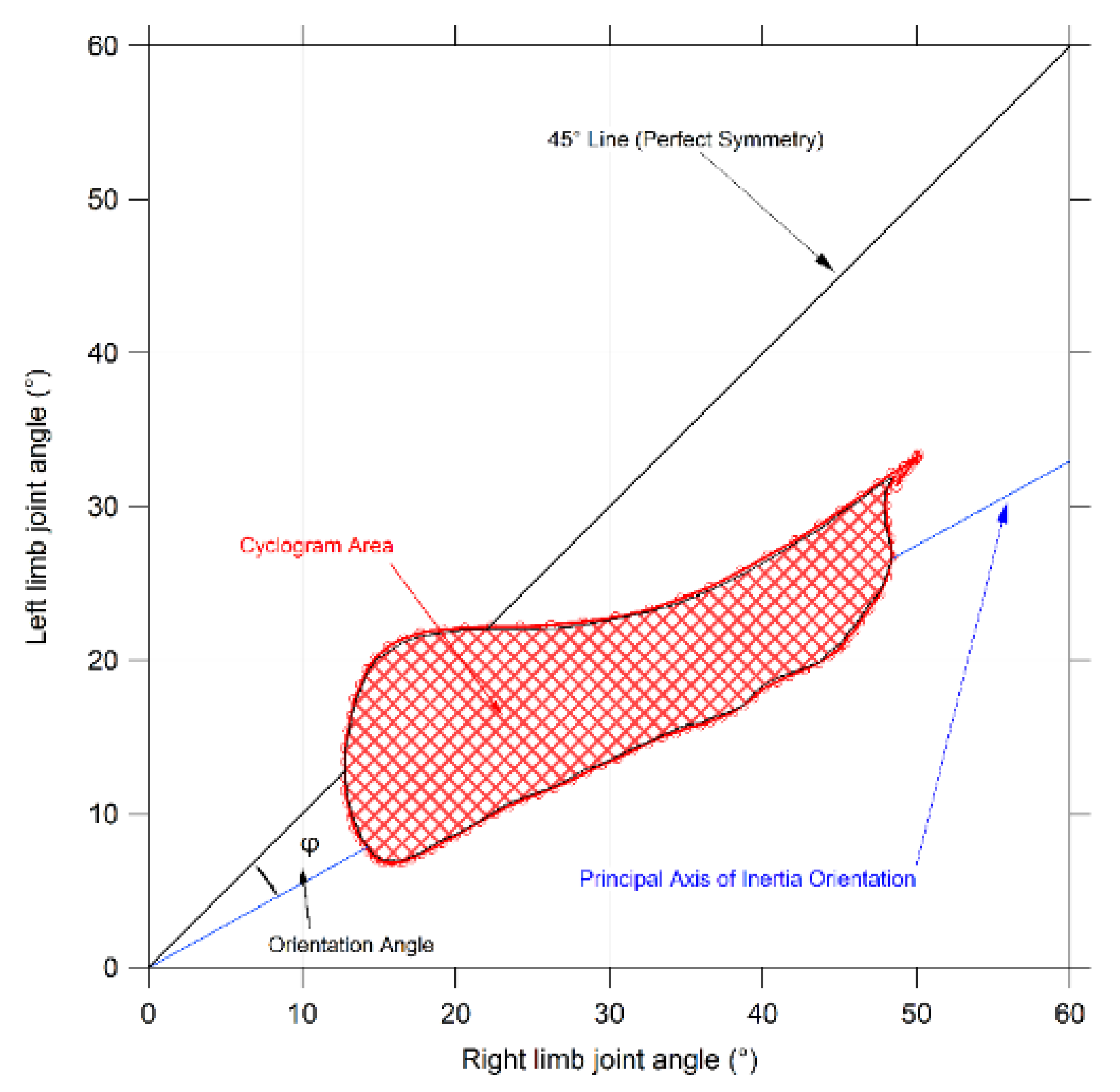
By choosing these two cities, Neumann is able to contrast divergent political economies. Neumann makes extensive use of original sources, including agency archives, government documents, newspapers, and interviews, to create a richly textured interpretation of the postindustrial transformation of Pittsburgh and Hamilton. This well-written book moves in an organized, logical progression through the topics, covering the 1970-1990 period each time from a different angle. The epilogue, asks the question, “cities for whom”? The answer is that blue collar workers and the lower class were left behind as most efforts, including direct subsidies, were devoted to the new service economy workers and their firms. Marketing the postindustrial transformation of Pittsburgh and Hamilton is covered in chapter 6. While neighborhood groups had some say in the revitalization efforts, ultimately city officials and civic leaders controlled most of the decisions. Chapter 5 discusses the restructuring of old industrial spaces after the 1970s into sites for new economic activity. These activities received subsidies such as tax breaks and infrastructure, thus redistributing resources from the majority of the population to a favored business elite. The next chapter covers the emergent geography of downtowns during the 1980s and early 1990s based on corporate headquarters, convention centers, hotels, cultural and entertainment districts, and sports stadiums. Chapter 3 argues that the growth coalitions’ execution of their strategy of postindustrial transformation to a service economy was not effectively blocked by critics during the 1980s. In Pittsburgh the corporate elite forged new relations with city government compared to prior efforts, whereas in Hamilton, the city officials faced difficulty getting business people to engage with public efforts at revitalization. The emergence of growth partnerships in the 1970s is covered in chapter 2. Chapter 1 traces the roots of postindustrialism to the public/private partnerships of the 1950s and 1960s and the development by the 1970s of a national policy mindset of decentralization of decision making and privatization as means to address the problems of the cities. While intellectuals framed the debate, the most important consequence for Pittsburgh and Hamilton was that the business elite/civic leaders, politicians, and policy makers executed strategies to transform their cities into what they viewed as postindustrial societies. Neumann takes the stance that this debate ultimately rests on ideology and values. The introduction sets out the intellectual debate about the meaning of postindustrial. The book is organized into an introduction, six analytical chapters, and an epilogue. The subtitle’s evocation of “postindustrial transformation” signifies the decline of manufacturing and the shift to a service economy or phrased alternatively as the shift from blue collar to white collar jobs or from production to an information/knowledge economy.

At the same time, their central cities had been dealing with the impact of suburbanization and consequent loss of population, especially the middle class, for over two decades previously. Tracy Neumann’s Remaking the Rust Belt (a contribution to the series, American Business, Politics, and Society) focuses on the Great Lakes portion and specifically on Pittsburgh, Pennsylvania, and Hamilton, Ontario.īoth metropolitan areas struggled with rapid loss of their signature industry and related heavy industrial sectors of metal fabricating and machinery beginning in the 1970s. The iron and steel sector reached its peak output, at least in the case of the U.S., in the mid-1960s and commenced a precipitous decline in the late 1970s under competition from developing countries in Asia. This belt rose to world dominance in the late-nineteenth century. Western Europe, especially Germany, Belgium, and the United Kingdom, and the Great Lakes region of the United States comprised the North Atlantic rust belt based on heavy industry and its signature sector of iron and steel production. Meyer, Olin Business School, Washington University in St.

Philadelphia: University of Pennsylvania Press, 2016. Tracy Neumann, Remaking the Rust Belt: The Postindustrial Transformation of North America.

Remaking the Rust Belt: The Postindustrial Transformation of North America Author(s):


 0 kommentar(er)
0 kommentar(er)
